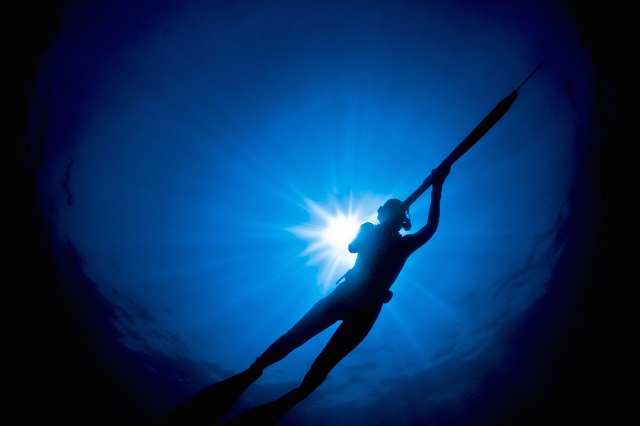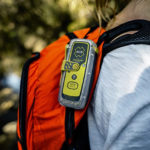 I used to consider myself a very patient person, but after joining the local fishing club I found out that this was actually not the case. Sitting in a boat for hours on end without anything happening completely bored me out of my mind. It bored me so much that I was on the verge of jumping in and trying to catch the fish with my bare hands. I was discussing this with my angler friend who suggested that I should try a more active way of fishing – spearfishing. I figured, if our ancient forefathers could do it, why shouldn’t I try it?
I used to consider myself a very patient person, but after joining the local fishing club I found out that this was actually not the case. Sitting in a boat for hours on end without anything happening completely bored me out of my mind. It bored me so much that I was on the verge of jumping in and trying to catch the fish with my bare hands. I was discussing this with my angler friend who suggested that I should try a more active way of fishing – spearfishing. I figured, if our ancient forefathers could do it, why shouldn’t I try it?
I’m still a beginner and have a lot to learn in order to master spearfishing, but even now I find it to be incredibly thrilling. This type of hobby, or sport if you will, gives you the unique opportunity to be a real underwater predator, stalking your prey in its natural environment before making your move. Fish caught this way release less stress hormones which makes their meat healthier and tastier.
Gear-wise, this activity is not as complicated as you might think. If you are a diver or snorkeller, you already have almost everything you need. However, one specific piece of equipment entirely characteristic to spearfishing is the speargun. There are two types of spearguns, and what type will make your weapon of choice depends on what kind of underwater hunter you are.
Band or sling powered spearguns are the preferred tool for most spearos. They are incredibly versatile with a broad range of features and can suit both beginners and experienced spearos. Beginners benefit from their simplistic design that focuses mostly on safety. Moreover, they are lightweight and rather easy to handle and aim.
Experienced spearos find them to be almost silent which allows them to sneak up on a large catch. And because these guns use bands, you can regulate their power by adding or taking of a couple of bands. The only downside to band powered guns is that their shaft can sometimes bend when used on some bigger fish.
Opposed to the band powered, the pneumatic speargun is completely powered by air. As you push the shaft into the speagun barrel, the air in the shaft is compressed, and when you pull the trigger the compressed air propels the shaft into the water. Therefore, these weapons are generally much more powerful than the band powered ones.
Pneumatic spearguns use a thicker shaft which has greater impact and penetration even if the gun has a shorter lengths. It’s advisable that beginner spearos steer away from this weapon until they are completely confident they can handle the large power that comes with it. The only downside to using pneumatic guns is that you risk scaring away any fish in the vicinity because they make a lot of noise when you shoot them.
Both of these types are effective if you know how to use them. As I personally have found out, you first need to get completely used to handling your weapon before you make a prized catch. Another tip for a successful catch is to use a gun with a length of around 80-90 cm, but only after some practising with shorter guns that come in sizes between 50 – 60 cm.






















